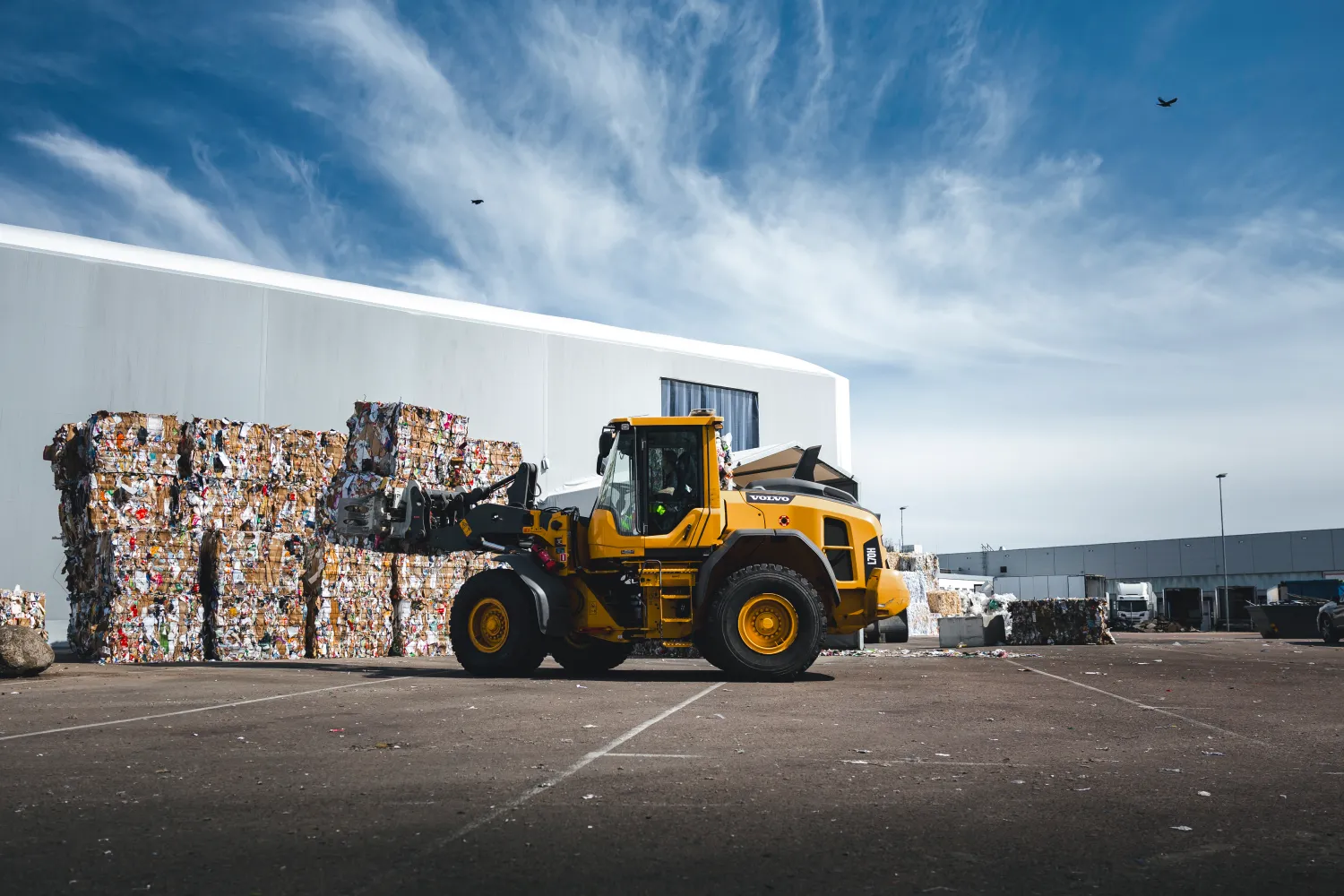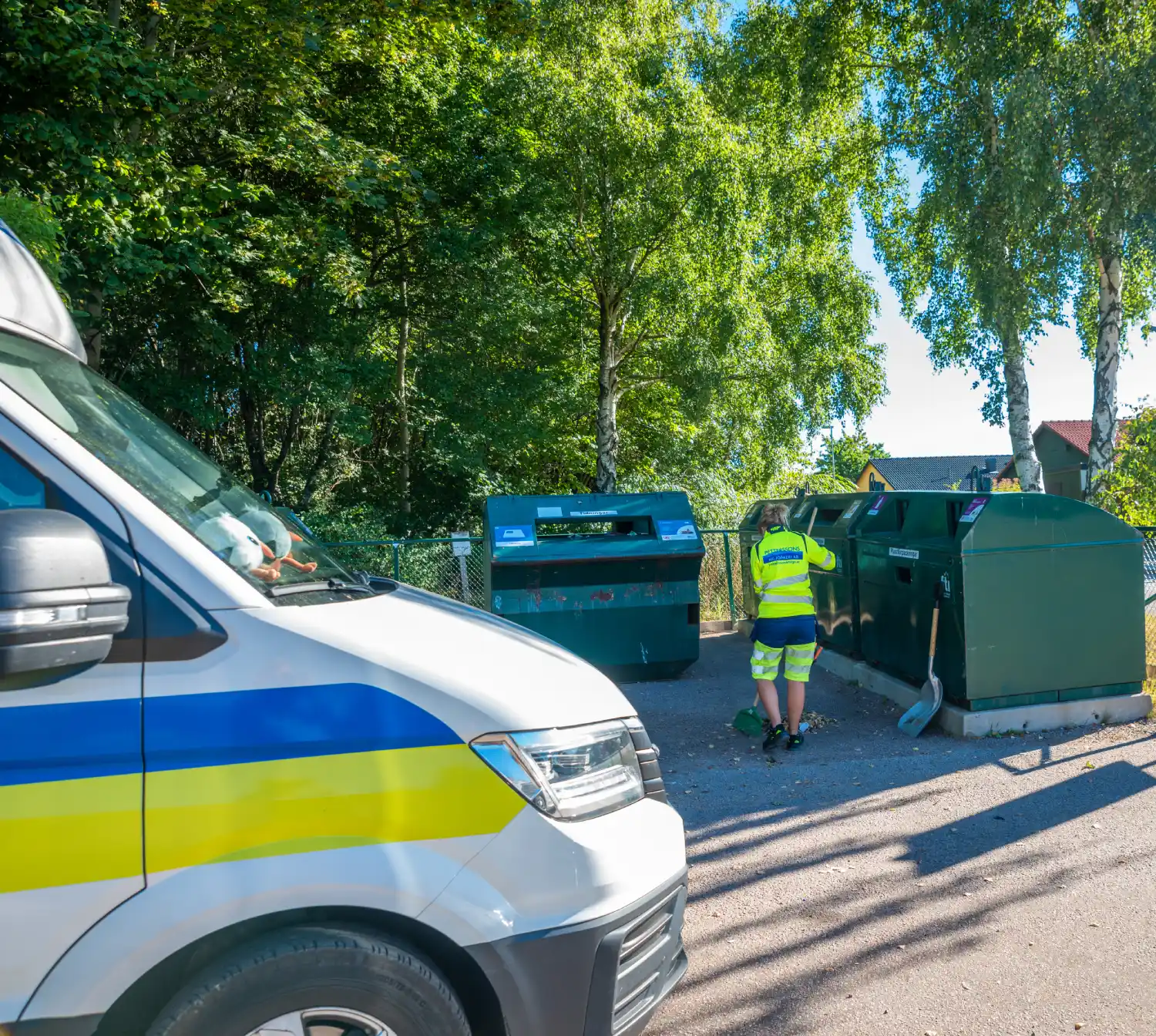Real-World Solutions for Recycling High Volumes Effectively
Recycling in some sort of full of varied appearance products creates
equally possibilities and challenges. Nowadays, people and organizations
equally need more sustainable methods while governments steadily apply
stricter rules for waste management. But, the difficulty of managing
different appearance components indicates approaching unique recycling
needs for every type. This information requires a deeper look at the
current traits, issues, and solutions in designing efficient Recycling (Återvinning) methods for diverse presentation materials.
The Difficulty of Different Presentation Materials
Packaging
materials came quite a distance from simple cardboard boxes. Today,
they include plastics, glass, steel, paperboard, and multi-layered
composites, among others. Every type comes having its distinctive group
of recycling requirements. For instance:
Plastic: While plastic
is lightweight and resilient, their numerous forms (like PET, HDPE,
LDPE, and PVC) usually need split up selection and handling methods.
Mismanagement may result in contamination and inefficiencies in
recycling streams.

Steel: Metal and container beers stay extremely recyclable, but not without appropriate selecting in order to avoid contamination with non-recyclable metallic items.
Glass: Recycling glass demands segregation by color and particular services to prevent risks like fragmentation or contamination with ceramics.
Paperboard: Heavy, painted paperboard appearance is recyclable in many cases, however the large use of adhesives or laminates may restrict the process.
Multi-layer Packaging: This type poses the most substantial problem since it usually mixes products impossible to separate, such as for instance metal and plastic layers in treat packaging.
With the international economy providing around 350 million a great deal of plastic annually, and appearance accountable for nearly 40% of its utilization, approaching this difficulty is critical to achieving higher recycling rates.
Obstacles in Tailoring Recycling Techniques
One of the biggest issues in recycling programs is contamination, particularly when varied products are removed together. As an example, when food residue clings to recycled pockets or broken glass combinations with paper, the performance of recycling functions declines significantly. Deficiencies in standardized labeling techniques also confuses consumers and results in incorrect spend sorting.
Moreover, fragmented infrastructure contributes to the issue. Some municipalities lack facilities to process complicated resources like multi-layer appearance or particular parts, creating recycling unrealistic for these items.
Towards a Round Economy with Designed Options
Building an efficient recycling system to handle various appearance components needs invention and collaboration. Governments, companies, and people have to perform in place:
Government Initiatives: Applying Extended Producer Duty (EPR) procedures can inspire suppliers to create packaging that is more straightforward to recycle.

Progressive Systems: Compound recycling techniques, like depolymerization for materials, can breakdown hard-to-recycle materials for greater healing rates.
Client Knowledge: Promoting clear recycling habits and distinct labeling may considerably reduce contamination in recycling streams.
Opportunities in modernizing spend administration infrastructure will perform a crucial role, alongside constant study in to biodegradable and reusable presentation solutions.
A Route Ahead
The variety in appearance products can be a challenge, but inaddition it presents a way to improve recycling techniques and techniques. A combination of technical breakthroughs, regulatory steps, and consumer consciousness can get the change to an even more sustainable, rounded economy. Approaching the unique recycling demands of varied materials is no further an option but a necessity to combat reference depletion and protect the planet. By tackling these challenges logically, global neighborhoods may ensure long-term environmental viability.
Comments
Post a Comment